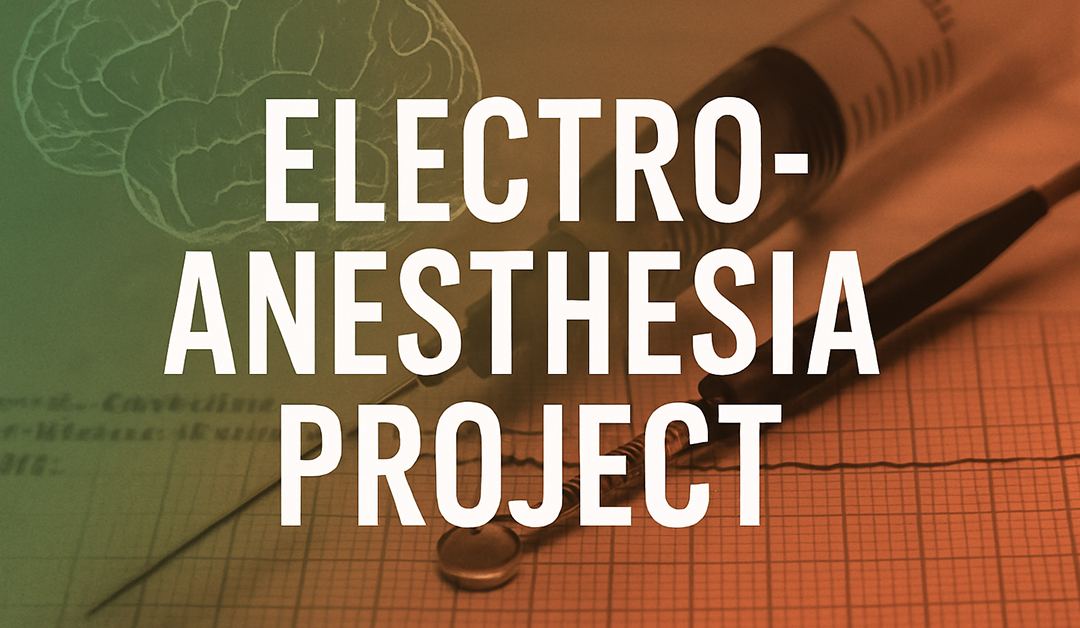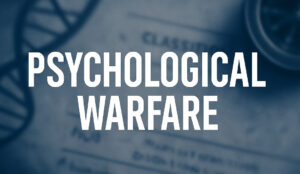In June 1966, a U.S. government review board quietly examined a research proposal to explore electro-anesthesia-the use of electrical current to render subjects unconscious.
The plan was detailed, ambitious, and ethically ambiguous.
The experiment would begin with 1,100 dogs, scale up to rhesus monkeys and chimpanzees, and eventually test on psychiatric patients or paid volunteers.
The stated goal: bypass traditional drugs and induce general anesthesia through controlled electric currents.
It wasn’t medical innovation.
It was operational.
🧪 The Plan
The memo, which comments on a detailed proposal submitted by an unnamed doctor, recommended:
-
Initial trials on dogs to develop techniques for administering and monitoring electrical current
-
Transitioning to rhesus monkeys, which could be used repeatedly
-
Final trials on chimpanzees, followed by humans-preferably psychiatric patients or controlled volunteers
The aim was to map electrode placements, test current intensity, and develop a reproducible method for inducing unconsciousness without pharmaceuticals.
"As soon as expedient, the observations should be transferred to a few chimpanzees… with continuous monitoring of the animals."
🧍♂️ Human Testing Was Always the Endgame
Though the proposal begins with animals, the memo makes clear that humans were the intended subject:
-
"Human subjects may be paid volunteers or perhaps patients in a psychiatric ward of a hospital."
There’s no mention of consent mechanisms. No ethics framework. Just a phased progression toward direct experimentation on vulnerable individuals.
🔌 Precision, Monitoring, and Electrode Placement
Technical suggestions throughout the memo include:
-
Implanting chronic electrodes in the brain to monitor current distribution
-
Using electromyography to evaluate muscle readiness for surgical procedures
-
Modifying placement depending on animal species and current effects
Even the waveform combinations were being reconsidered to reduce complexity and target only the most promising configurations.
🧾 Suggested Cover and Staff
The memo noted that the principal investigator had strong qualifications in animal electro-anesthesia but lacked a listed background in human physiology. A physiologist and an electronics engineer were recommended.
There was also concern about the absence of listed technical staff-a detail that suggested either haste, secrecy, or both.
🕳️ A Quiet Proposal for a Sharp Idea
This was more than a science plan. It was a template for field-adaptable unconsciousness. If successful, the result would be:
-
Portable anesthesia without chemical agents
-
Reversible unconsciousness controlled by frequency and electrode design
-
A procedure with no traceable substance in blood or tissue
It was anesthesia designed for covert environments.
And it nearly began with a thousand dogs.






